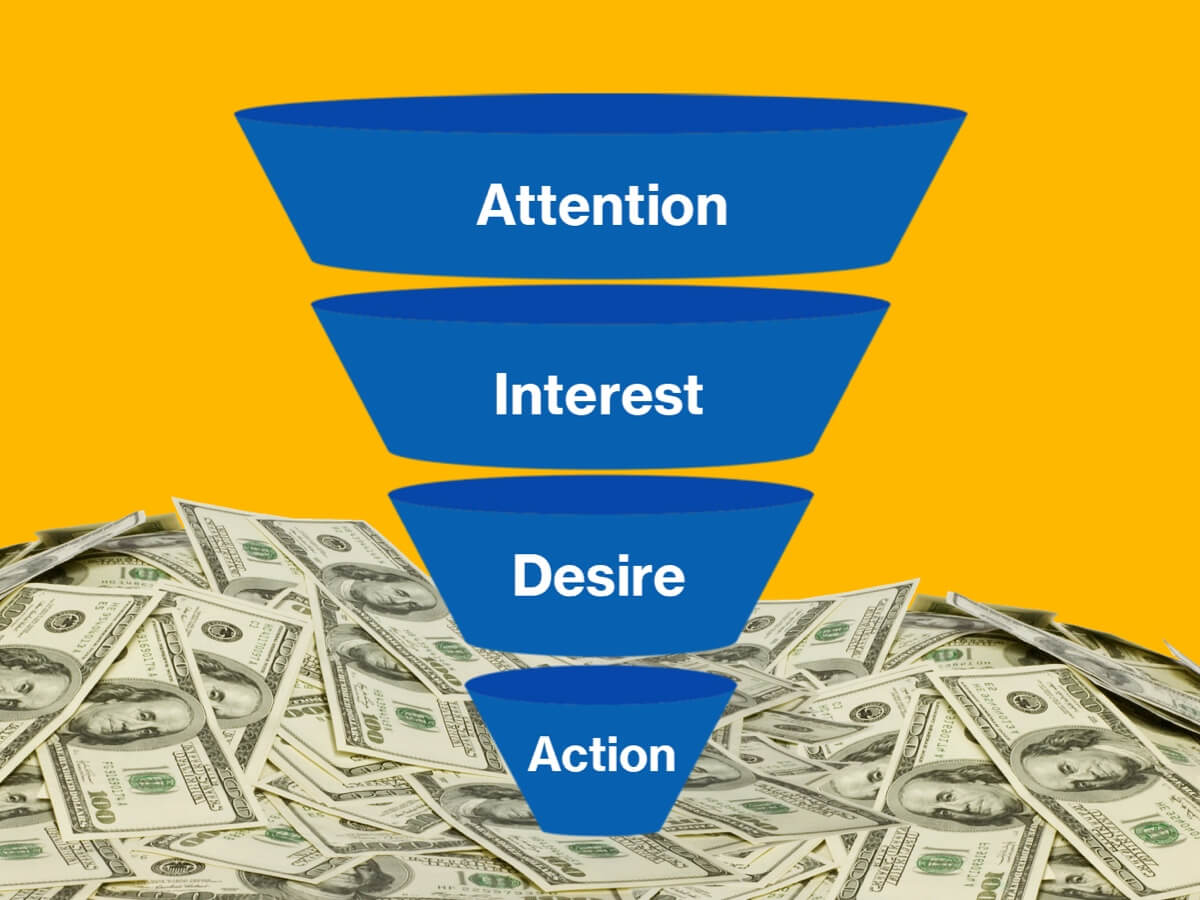
If you’ve decided to embark on a demand generation strategy, you’ll need to measure the success of your marketing campaign. Metrics can help you benchmark and compare results as your advertising methods gain steam. Here are some of the most common demand generation metrics to incorporate into your evaluation.
1. Marketing Qualified Leads
A marketing qualified lead (MQL) expresses interest in your business through their actions. However, they don’t actually make a purchase. Think of them as browsers; they may return to buy later.
High numbers of MQLs are a good sign for your business. They signal you have a decent product and that your marketing techniques are working well enough to attract visitors to your company.
There are various ways to measure MQLs. A few of the most common include:
- Clicks to landing pages on your website
- Time spent on your site
- Multiple site visits within a specific period
- Sign-ups for your promotional emails or newsletter
- Downloads of gated content, like an e-book or whitepaper, from your website
You can create multiple MQL metrics to better understand your visitors’ interactions with your brand.
2. Sales Qualified Leads
Sales qualified leads (SQLs) take actions that are a step up from MQLs. Like MQLs, they make no purchase. However, their behavior signals a probable intent to buy something in the future.
While an MQL fits into the “lukewarm” lead category, an SQL is “raging hot.” A gentle push in the right direction is usually all that’s needed to convince them to purchase.
To identify SQLs, monitor visitors’ interactions with your company. A few signals that indicate they are strongly considering a purchase include:
- Adding an item to their shopping cart but failing to complete the purchase
- Reaching out to your sales team
- Trying a free version of your product or software
- Visiting your pricing page multiple times
- Going through the checkout pages of your website but stopping somewhere in the middle
To maximize your metrics, evaluate the SQL’s behavior holistically. For instance, you might identify how they found your company. Then trace their subsequent interactions to understand what they’re looking for and how your business fulfills that need. These principles apply across industries, from e-commerce to law firm lead generation, where understanding client behavior helps convert interest into consultations.
3. Cost Per Acquisition
Cost per acquisition (CPA) is another critical demand generation metric. To determine CPA, instead of examining your visitors’ behavior, you consider how much money you spend on marketing to achieve a sale.
In the best-case scenario, your cost per acquisition will be minor compared to the profit you make from a sale. If you find that your cost per acquisition is high, or you’re spending so much on making a sale that you eliminate your profit, you’ll need to adjust your marketing strategy. Otherwise, you’ll eventually run out of cash to support your business operations.
To measure cost per acquisition, you’ll need to add up all your marketing costs and divide them by the number of people who purchased from you. While that sounds relatively simple, the calculation can grow more complex, particularly if you use numerous marketing strategies for different customer segments.
If that’s the case for your organization, try attributing specific marketing activities to customers who interact with them. That can help you derive the true CPA for each client.
4. Customer Lifetime Value (CLV)
Most companies don’t take a one-and-done approach to their customers. Instead, they try to retain and encourage them to make future purchases. If their efforts are successful, the client will stay for the long term and regularly buy from the company.
Customer lifetime value (CLV) shows the average amount of money a client spends with your company throughout their lives. To measure it, you’ll need to know the average customer value and lifespan.
The average customer value represents the total amount most clients spend over a period of time, like a year. It’s pretty easy to determine. Simply multiply your average sales amount by the average order frequency.
The average customer lifespan represents the time a typical client orders from you before they stop. Most companies measure the average customer lifespan in years, but you can also use months.
To calculate the CLV, multiply your average customer value by their lifespan. The results tell you how much the standard client acquisition is worth to your company.
Demand Generation Analytics Measure the Success of Your Marketing Strategies
Marketing activities can be costly, and executives will want to know they’re productive before they approve more spending for a demand generation campaign. Use these analytics to evaluate your results. If you find that you’re not achieving the numbers you’re aiming for, consider adjusting your strategies.
Samuel Njoroge
Related posts
Stay connected
- How LoveOn Chat Is Becoming the Most Versatile AI Companion for Digital UsersThe internet keeps shifting toward hyper-personal interaction, and AI companions are at the center of this shift. What used to be simple chatbots are now evolving into emotionally aware, adaptive, and multi-functional digital partners. Among the new generation of platforms, LoveOn Chat is becoming one... The post How LoveOn Chat Is Becoming the Most Versatile […]

